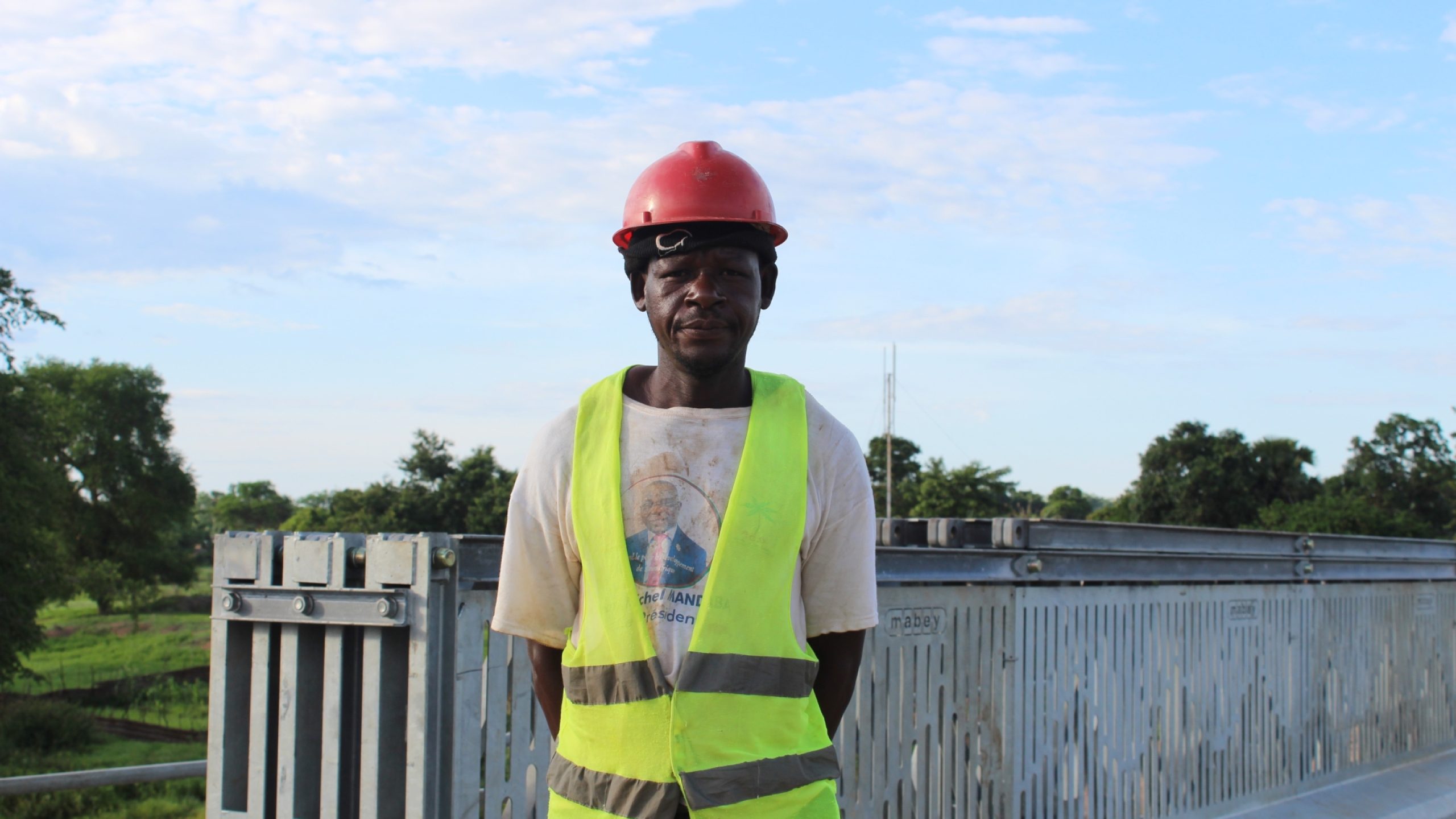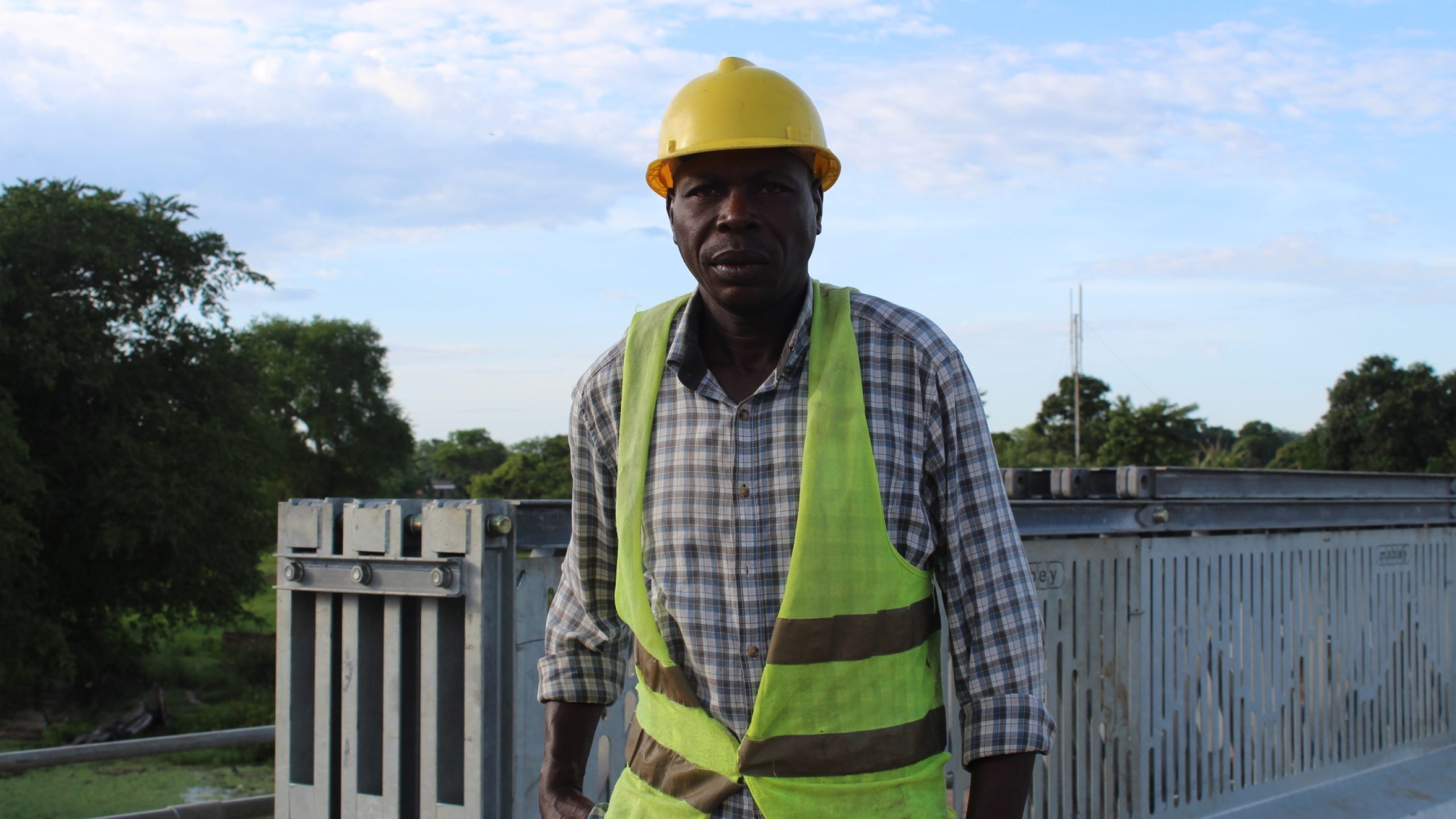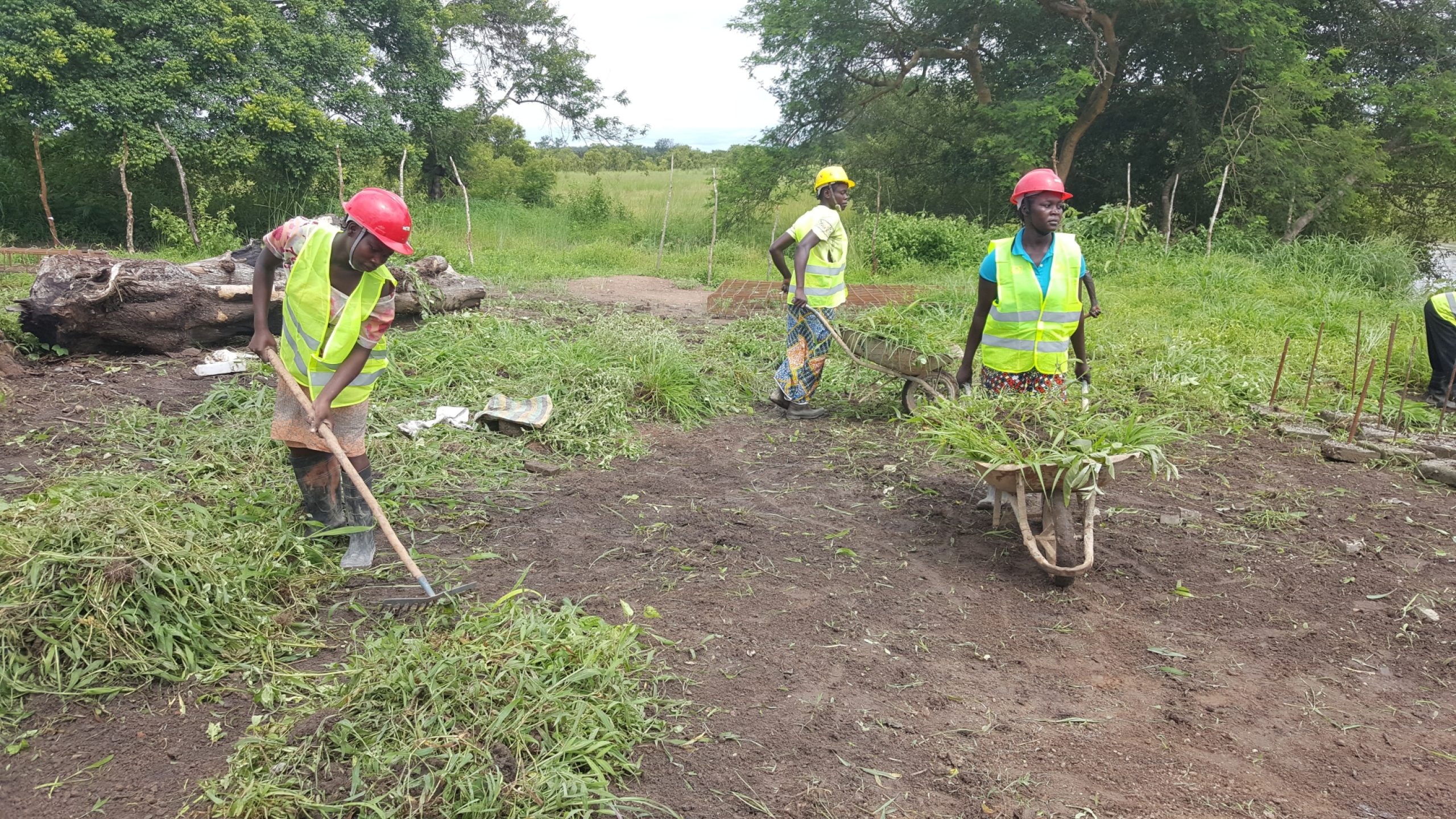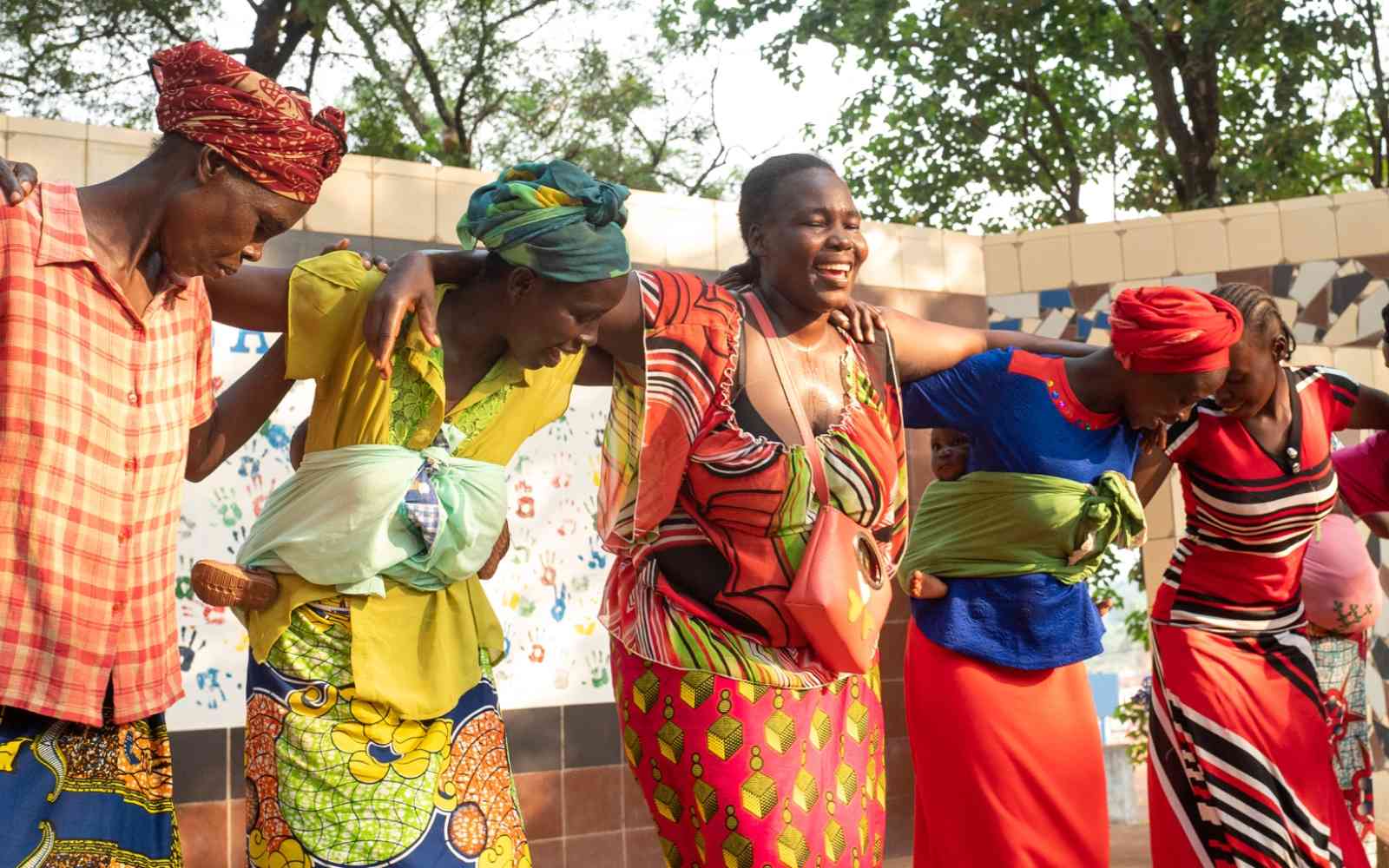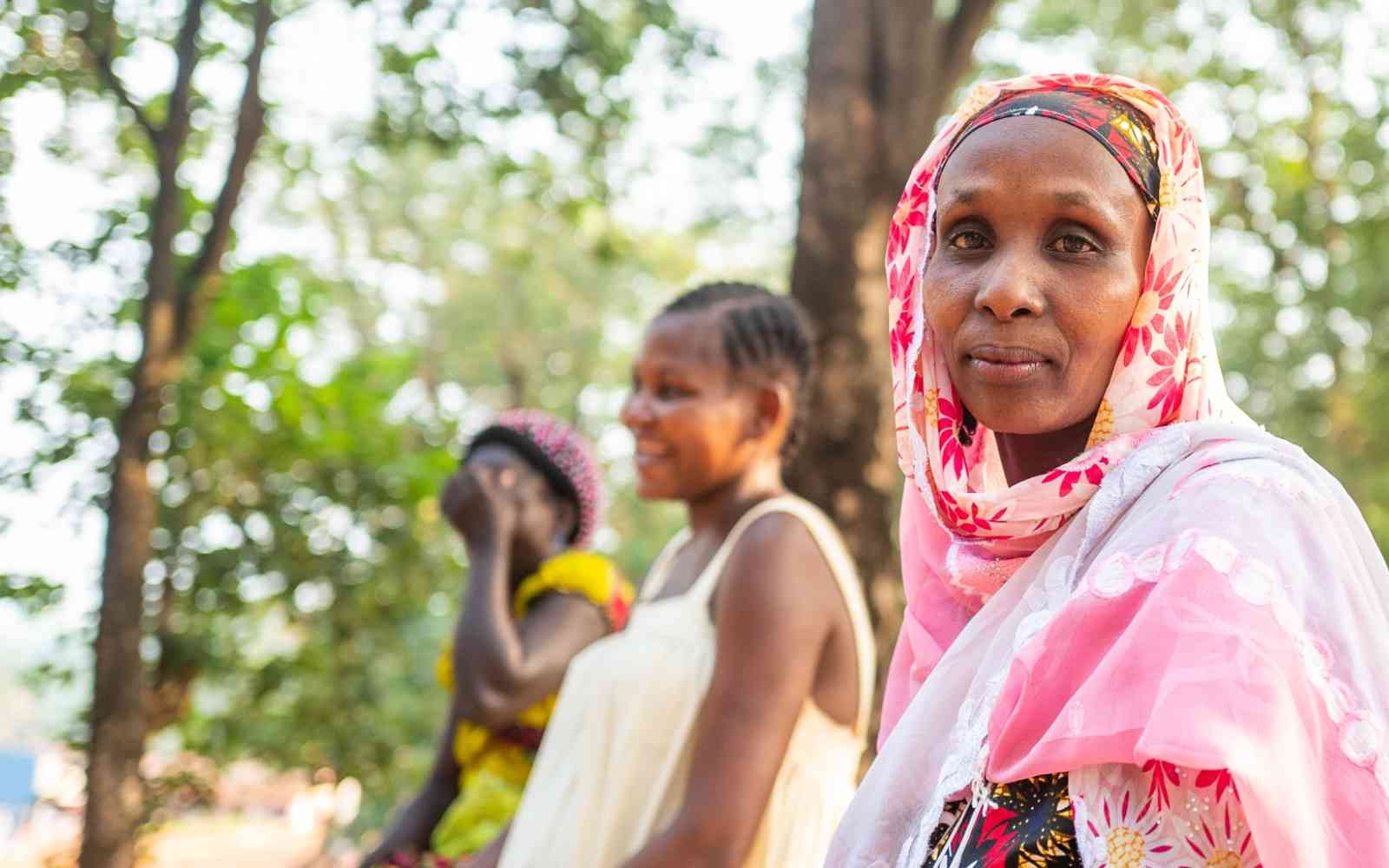The United Nations Office for Project Services (UNOPS)

Improving access to basic services in the Central African Republic
Access: That one word means a lot when it’s no longer possible.
In Bamingui, in the northern part of the Central African Republic, the annual rainy season from May to November means access is often stripped away for weeks, if not months. Access to humanitarian supplies. Access to health services. Access to economic opportunities.
“Whenever it rained, the old bridge flooded,” explains Cécile Germine Mavounda, a local farmer and merchant. “It disappeared beneath the waters so was impossible to use.”
The Central African Republic is home to the third-largest humanitarian crisis in the world – 2.6 million people are in need of humanitarian assistance. In many areas of the country, basic social services, such as education and health, are provided by humanitarian organizations.
But only about 2.5 per cent of the road network in the country is paved. This makes it difficult for vehicles to reach more isolated communities – and the rainy season makes it even worse.

Conditions during the rainy season make it difficult, if not impossible, to access most of the country’s more remote locations for several weeks – and sometimes months – due to damaged or flooded bridges.”
To address this, the government of the Central African Republic launched the Local Connectivity Emergency Project funded by the World Bank.
The first part of the project included the construction of Bamingui Bridge, connecting the northeastern region to the central region, a route heavily used by United Nations organizations as well as by merchants from Sudan and Bangui. And it’s a route that’s often impassable during the rainy season due to the rising waters of the Bamingui River.
The improved connection to Bangui helps support local economic development and ensures humanitarian aid can reach people in the northeastern part of the country.


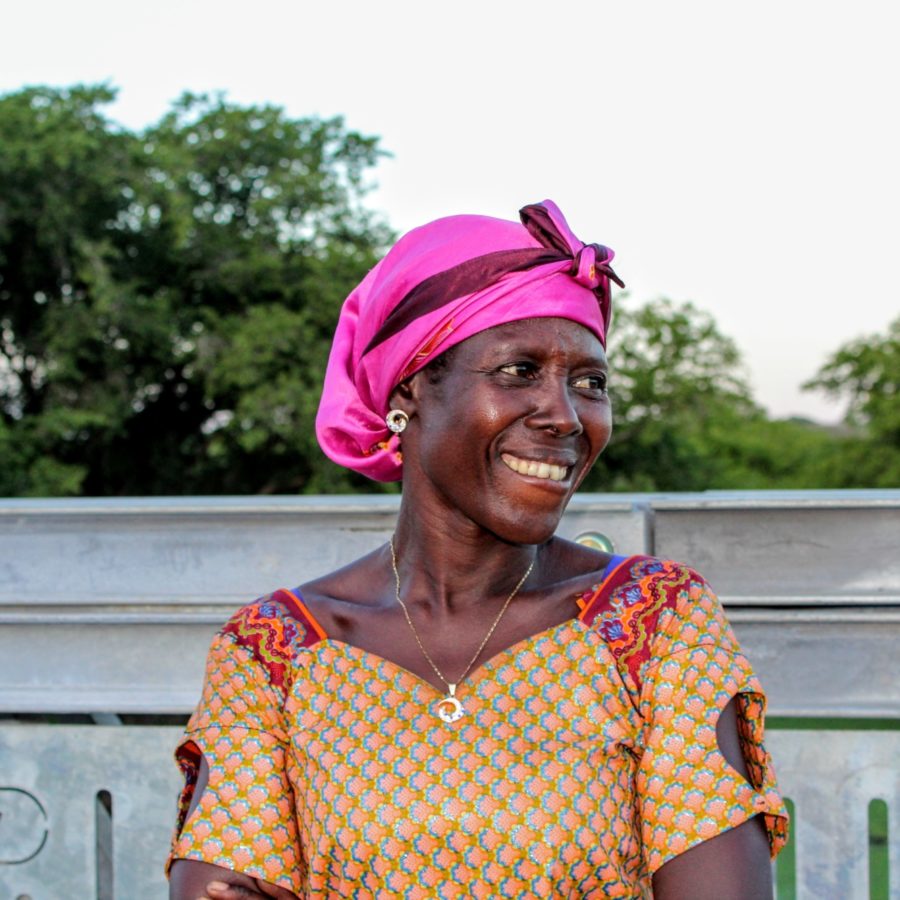

The local community helped support the construction of the bridge, with an average of 60 local residents – including women and youth – working on this portion of the project every day for nine months.
“This is the first emergency project that combines civil works with a social aspect and the distribution of temporary work,” says Jean-Christophe Carret, World Bank Country Director for the Democratic Republic of Congo, the Republic of the Congo, the Central African Republic and Burundi.
The new bridge has also had a positive impact on local businesses. Before its construction, few people could go regularly to Bamingui to buy products.

The work on the bridge really boosted the economy. Since the building works started, my sales have increased and my business is doing well.”
See the Bamingui Bridge before and after the project ...
Project details
The Local Connectivity Emergency Project was funded by the World Bank, with technical support provided by UNOPS and security support provided by the UN Multidimensional Integrated Stabilization Mission in the Central African Republic. As part of the two-year, $4.9 million project, UNOPS rehabilitated more than 300 kilometres of roads using a high labour-intensive approach, constructed 12 rain barriers to protect the route and put in place a maintenance and protection system.
UNOPS also built a 45-metre bridge on the Bamingui River and installed 48 road signs along the route to ensure safety. In total, around 6,400 people a day were employed on the broader project, which helped reconnect the rural population of the northeastern part of the country to the urban centre and local market – benefitting more than 37,000 people.









